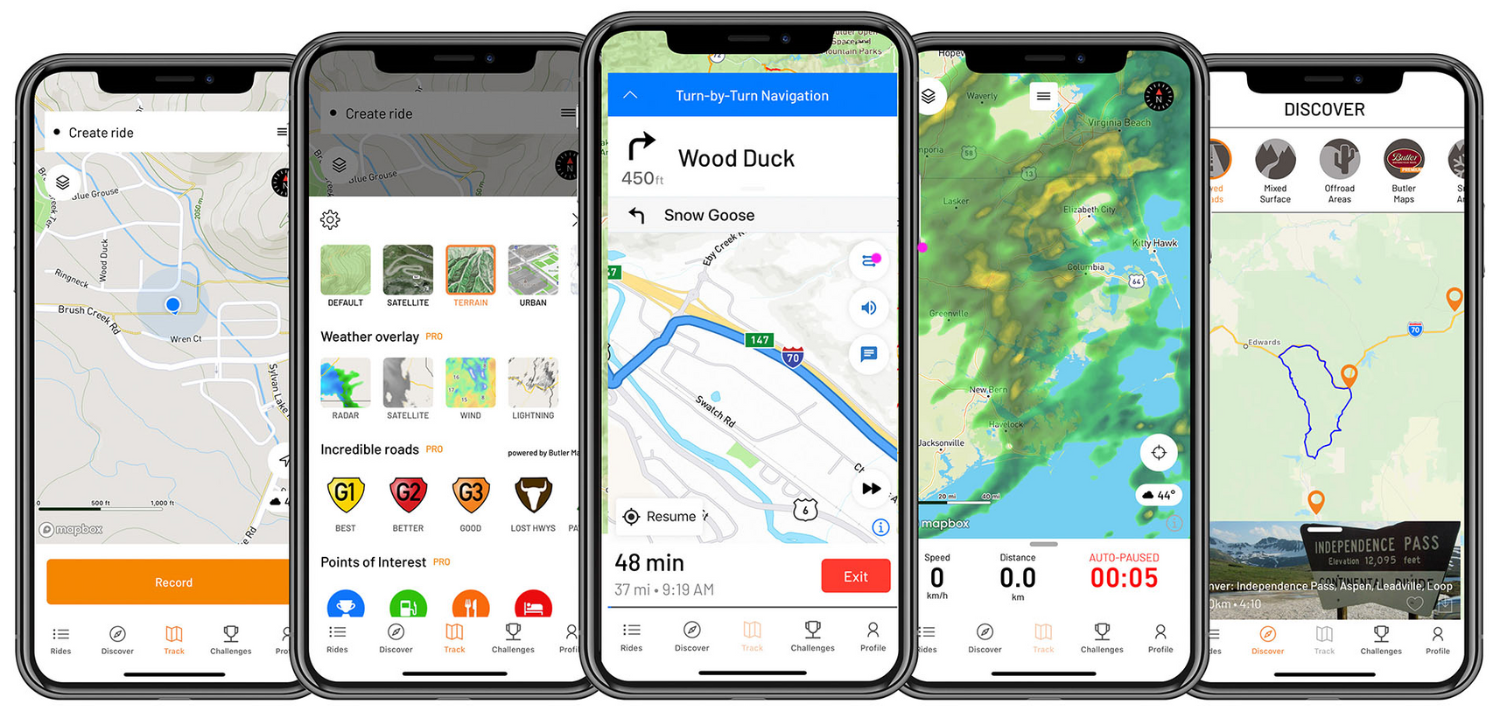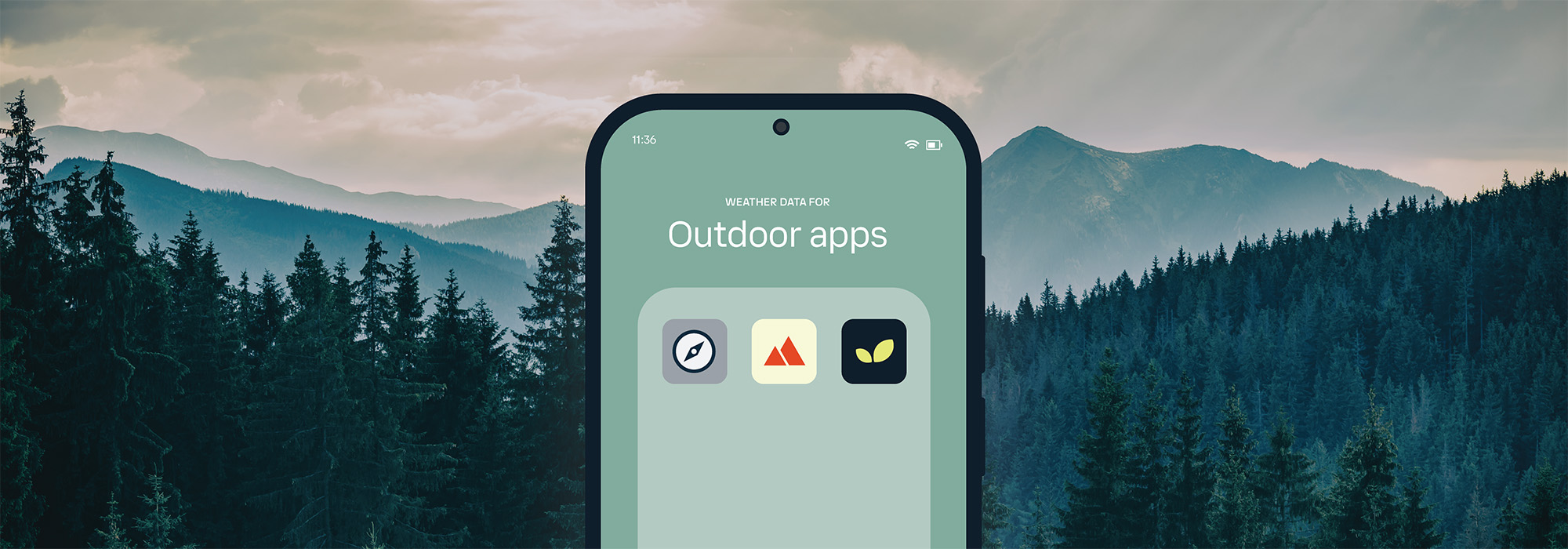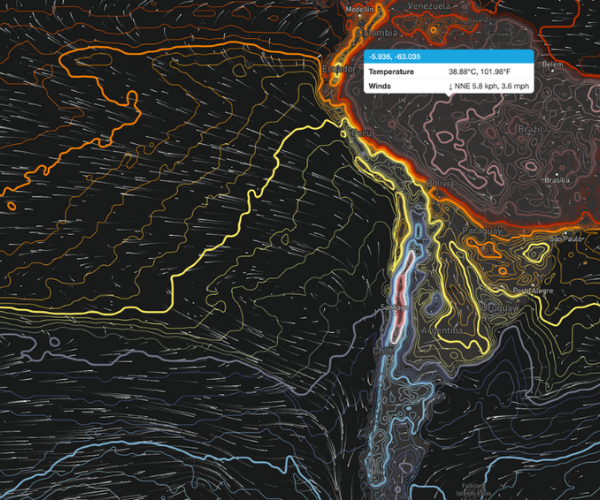Earning and maintaining users in the smartphone application space can be an uphill battle. Incorporating weather features into your outdoor recreation app bolsters a user’s experience by allowing them to seamlessly maintain awareness of one crucial factor: The weather.
Weather features are an invaluable addition to outdoor rec-centric applications. They foster a heightened sense of situational awareness, increase user safety, and help outdoor enthusiasts plan according to the forecast — all while building trust in your brand. Read on for the top features we recommend to take your app to the next level.

Alerting with the Weather API
One way for developers to incorporate weather into their consumer applications is to leverage the functionality of the Weather API to deliver smart weather notifications based upon a user's current location. The features of our API allow your users to react to the weather – in real-time or in advance – while enjoying their favorite activities.
Severe weather alerts
For any hobbyist or athlete, time-sensitive severe weather alerts can be the difference between an enjoyable excursion or racing to life-saving refuge. Lightning, hail, tornadoes, and other hazardous weather events can pop up at a moment’s notice and having the heads up to seek shelter can be critical.
Custom notifications
Customized notifications tailored to your audience can be a unique way to engage users. Severe Localized Weather Alerts are highly tailored to each geography and are issued by the governing meteorological body. Using our API, developers can create and implement custom notifications. Leveraging both severe weather alerts and forecasted conditions as triggers makes it possible for skiers to receive updates for both hazardous weather and prime conditions with upcoming snowfalls. Working on a golf-related app? A sunny, non-humid day could be the notification of choice. These alerts not only help your audience to plan ahead, but also help them adapt to fickle weather occurrences.
Weather webhooks
Querying an API to achieve weather alerts is another way to integrate an alerting feature into your app development. However, when timeliness and completeness of data are critical and developers need data delivered in real-time, they need webhooks. Because webhooks include affected area polygons, correlations between audience locations and areas of impact are easy, allowing you to send pertinent weather notifications to your audience advising of changing weather. Webhooks keep your audience in the know even when their focus is on the activity at hand. The endpoints most commonly used with webhooks are severe alerts, lightning strikes, and wildfires.
Weather mapping
Weather maps are another way for users to experience your application in a new and dynamic way. Give users the opportunity to visualize their environment – whether it’s coming at them immediately or later down the road. REVER accomplishes exactly that for the motorcyclist and auto-enthusiast community, incorporating Xweather's current and forecasted Map layers into their app, creating a safe and enjoyable experience for users looking to plan their next trip. A seamless Apple CarPlay option enables users to keep their eyes on both the road and the weather. This integration helps to keep riders safe as they traverse cities, states, and winding roads. Read more about REVER’s use of the Xweather API and raster maps in this client story.
Route action for outdoor recreation applications
From trails to bicycle routes, the route action and routing module allow developers to define specific lines of passage, which in turn provides weather information along the route through notifications or Map display. The route is a series of locations (lat/long or GeoJSON within a POST request for longer routes) and will return an array of GeoJSON points within the requested data for each point. Incorporating route-specific weather is useful for a variety of outdoor activities. For example, hikers often have a specific trail they’re planning to hit; bikers, ATVers, and snowmobilers may prefer to plan their routes in advance. This helps your outdoor recreation app users to stay off slick roads and muddy trails and out of harm’s way.
Mobile-centric vector mapping
Xweather's WebGL-based MapsGL platform brings smooth, data-encoded vector animations and visuals to the forefront of any application with mobile SDKs for Apple and Android platforms. This technology is well-suited for low-bandwidth settings — exactly where users have historically had the hardest time with GPS and mapping capabilities on mobile devices.
Today’s technology enables weather conditions at our fingertips, providing endless opportunities to enhance user experience and engagement. Weather features are helpful in both attracting and retaining users, all while building a community of people excited to engage with their favorite activities safely.

